What to do next? (floor tile GROUT cracking)
huango
10 years ago
Featured Answer
Comments (16)
jellytoast
10 years agoRelated Professionals
Albany Kitchen & Bathroom Designers · Buffalo Kitchen & Bathroom Designers · Carlisle Kitchen & Bathroom Designers · College Park Kitchen & Bathroom Designers · East Islip Kitchen & Bathroom Designers · Pike Creek Valley Kitchen & Bathroom Designers · League City Kitchen & Bathroom Remodelers · Lincoln Kitchen & Bathroom Remodelers · Lawndale Kitchen & Bathroom Remodelers · Berkeley Heights Cabinets & Cabinetry · Crestview Cabinets & Cabinetry · Harrison Cabinets & Cabinetry · Short Hills Cabinets & Cabinetry · Wyomissing Tile and Stone Contractors · Woodland Design-Build FirmsVertise
10 years agomic111
10 years agolucas_tx_gw
10 years agohazeldazel
10 years agoVertise
10 years agopricklypearcactus
10 years agooldbat2be
10 years agohuango
10 years agoeam44
10 years agohuango
10 years agoVertise
10 years agojellytoast
10 years agoStoneTech
10 years agoVertise
10 years ago
Related Stories

BATHROOM TILEQuick Fix: Repair Cracked Bathroom Grout
Banish an eyesore and safeguard your bathroom from water damage in 30 minutes or less with this DIY repair
Full Story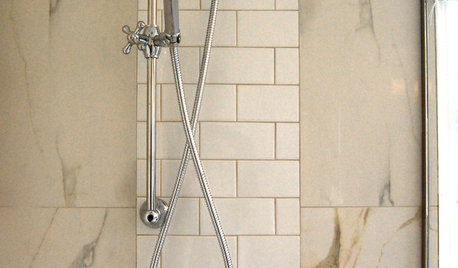
REMODELING GUIDES9 Ways Grout–Yes, Grout–Can Add to Your Design
Choose From a Palette of Grout Colors for a Warm, Unified Look
Full Story
TILEEpoxy vs. Cement Grout — What's the Difference?
Grout is grout, right? Nope. Cement and epoxy versions have different appearances, durability and rules of installation
Full Story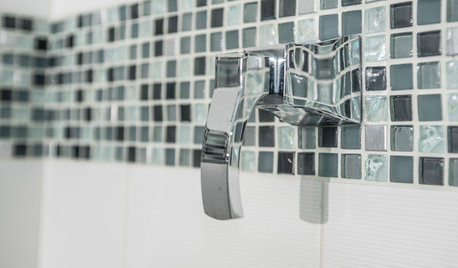
TILE3 Key Steps for Grouting That Looks Its Best
Get your grout right to keep your tile beautiful and for an installation that will last
Full Story
CONCRETEWhy Concrete Wants to Crack
We look at the reasons concrete has a tendency to crack — and what you can do to help control it
Full Story
HOUSEKEEPINGHow to Clean Grout — Stains and All
If your grout is grossing you out, this deep-cleaning method will help it look new again
Full Story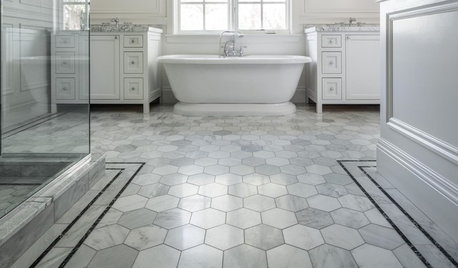
TILEWhy Bathroom Floors Need to Move
Want to prevent popped-up tiles and unsightly cracks? Get a grip on the principles of expansion and contraction
Full Story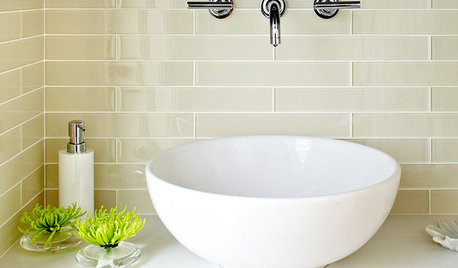
REMODELING GUIDESFinishing Touches: Pro Tricks for Installing Fixtures in Your Tile
Cracked tile, broken drill bits and sloppy-looking fixture installations? Not when you follow these pro tips
Full Story
BATHROOM DESIGNHex Tiles: Big and Bold in the Bath
Six-sided tiles are huge now and popping up in increasingly creative bathroom installations. What will designers do with them next?
Full Story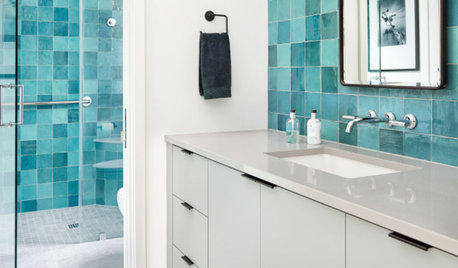
TILEPorcelain vs. Ceramic Tile: A Five-Scenario Showdown
Explore where and why one of these popular tile choices makes more sense than the other
Full Story







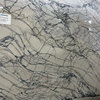
Bunny